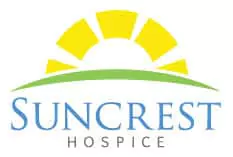A. Physiologic impairment of functional status as demonstrated by: Karnofsky Performance Status (KPS) or Palliative Performance Score (PPS) < 70%. Note that two of the disease specific guidelines (HIV Disease, Stroke and Coma) establish a lower qualifying KPS or PPS.
B. Dependence on assistance for two or more activities of daily living (ADLs):
- Ambulation
- Continence
- Transfer
- Dressing
- Feeding
- Bathing
C. Co-morbidities – although not the primary hospice diagnosis, the presence of disease such as the following, the severity of which is likely to contribute to a life expectancy of six months or less, should be considered in determining hospice eligibility.
- Chronic obstructive pulmonary disease
- Congestive heart failure
- Ischemic heart disease
- Diabetes mellitus
- Neurologic disease (CVA, ALS, MS, Parkinson’s)
- Renal failure
- Liver Disease
- Neoplasia
- Acquired immune deficiency syndrome
- Dementia
- Aquired Immune Deficiency Syndrome/HIV
- Refractory severe autoimmune disease (e.g. Lupus or Rheumatoid Arthritis)
D. See Part III for disease specific guidelines to be used with these baseline guidelines. The baseline guidelines do not independently qualify a patient for hospice coverage.
Note: The word “should” in the disease specific guidelines means that on medical review the guideline so identified will be given great weight in making a coverage determination. It does not mean, however, that meeting the guideline is required. The only requirement is that the documentation supports the beneficiary’s prognosis of six months or less, if the illness runs its normal course.

